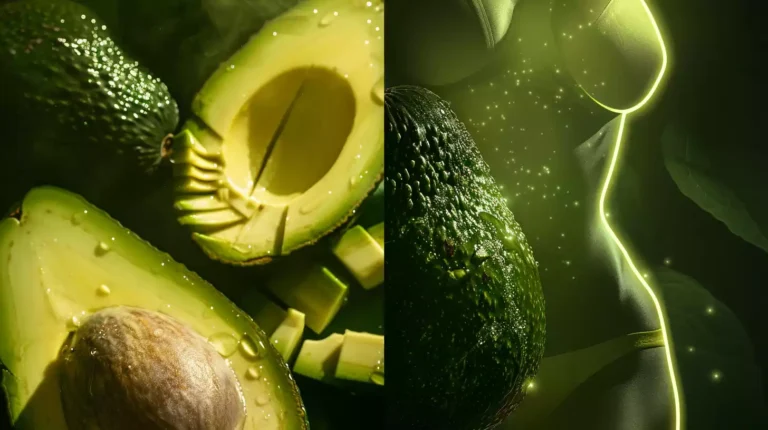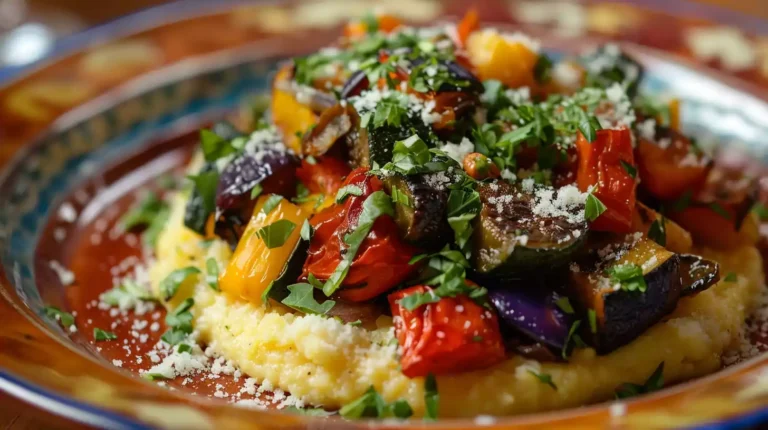Rice, Rice, Baby: Why White Rice is Your Secret Weapon for Weight Loss!
I’ve discovered that white rice can be a dietary roadblock, thanks to its high calorie and carb content, low fiber, and high glycemic index, which can lead to blood sugar spikes and hinder my weight loss efforts.
To make it work, I need to focus on portion control and mindful pairing with nutrient-dense foods like veggies and lean proteins. By doing so, I can enjoy white rice in moderation as part of a balanced diet.
I’m curious to investigate more strategies for making white rice a healthier, weight-loss-friendly staple in my diet.
Key Points
- White rice is not ideal for weight loss due to its high calorie and carb content, and low fiber content.
- Consuming white rice regularly can lead to rapid sugar level increases and hinder weight loss efforts.
- Practicing portion control and moderation is crucial when incorporating white rice into a weight loss diet.
- Pairing white rice with lean proteins, vegetables, and fiber-rich foods can enhance satiety and support weight management.
- Choosing whole grain options like brown rice is recommended for a more balanced and nutritious diet.
Understanding White Rice Nutrition
When it comes to exploring white rice nutrition, one important aspect to keep in mind is that refining strips away fiber and nutrients, leaving it with fewer benefits compared to its brown rice counterpart. As I investigate the world of white rice, I realize that it’s not as healthy as I thought.
The refining process might make it look more appealing, but it also removes the good stuff, making it less nutritious. Compared to brown rice, white rice has higher calories and carbs but lower fiber content, which can hinder my weight loss efforts.
The high glycemic index of white rice can lead to blood sugar spikes, making it harder to shed those extra pounds.
To make matters worse, consuming white rice regularly can lead to a rapid increase in sugar levels, which isn’t ideal for my health. Opting for whole grain varieties like brown rice is generally recommended for a healthier and more balanced diet.
Calorie Content and Portion Control
I’m acutely aware that white rice’s calorie density is a major obstacle to my weight loss goals, with a single cup packing over 200 calories that can quickly add up if I’m not careful. To make white rice consumption work for my weight loss, I need to focus on portion control.
Monitoring my serving sizes and filling only one-fourth of my plate with white rice helps me manage my calorie intake.
I’ve found that including a mix of white and brown rice in my diet provides variety while supporting my weight loss goals.
Pairing white rice with high-fiber vegetables and lean proteins enhances satiety and aids in weight management. By steaming or boiling white rice and adding spices like cumin or cloves, I can regulate my blood sugar levels and reduce the calorie content, supporting my weight loss efforts.
With careful portion control and mindful pairing, I can make white rice a part of my weight loss journey.
Health Benefits of White Rice
Despite its limitations, white rice does offer some health benefits that can be leveraged as part of a weight loss diet. While it’s true that brown rice consumption is generally considered a healthier option, white rice can still be a part of a balanced diet when consumed in moderation.
One of the main concerns with white rice is its high glycemic index, which can lead to blood sugar spikes that hinder weight management.

White rice tends to be more calorie-dense than brown rice, making it a less ideal choice for those looking to support weight loss. However, when paired with other nutrient-dense foods, white rice can be a part of a healthy, balanced diet.
Always recognize that whole grains like brown rice offer a more robust nutrient profile, making them a better choice for overall health and weight loss. Still, in moderation, white rice can be a part of a healthy diet that supports overall health benefits.
White Rice and Weight Loss Myths
Can white rice really sabotage my weight loss efforts, or are there ways to make it work in my favor? As I explore the world of white rice and weight loss, I’ve uncovered some surprising myths that need to be investigated further.
Here are the facts:
- High calorie count: White rice is high in calories, with over 200 calories in just one cup, which can impede weight loss efforts.
- Blood sugar spikes: Consuming white rice can lead to spikes in blood sugar levels, making it less ideal for weight loss.
- Lack of essential nutrients: White rice lacks essential nutrients and fiber, which are important for a balanced diet and weight management.
- Portion control is key: Monitoring portion sizes of white rice is essential for weight loss as excessive consumption can contribute to weight gain.
Incorporating a mix of brown and white rice in my diet, along with vegetables and proteins, can support weight loss more effectively. By being mindful of these facts, I can make informed choices about incorporating white rice into my weight loss journey.
Can a Hibachi Meal with White Rice Contribute to Weight Loss?
When making healthy choices at hibachi restaurant, opting for a hibachi meal with white rice can contribute to weight loss. White rice is lower in calories compared to fried rice, and when paired with lean proteins and vegetables, it can be a satisfying and nutritious option for those looking to maintain a balanced diet.
Incorporating White Rice Into Diet
To make white rice a supportive element in my weight loss journey, I need to learn how to incorporate it into my diet effectively. This means practicing portion control and moderation, as white rice can be high in calories.
I’ll opt for smaller servings to manage my calorie intake effectively.
| Tips for Incorporating White Rice | Benefits |
|---|---|
| Pair with lean proteins and vegetables | Balanced meal, increased satiety |
| Choose fiber-rich foods to pair with white rice | Increased satiety, weight management |
| Be mindful of overall calorie intake | Effective weight loss, controlled calorie intake |






